
Honda Elevate SUV Becomes More Accessible To Indian Armed Forces With...
- Feb 29, 2024
- Views : 2387

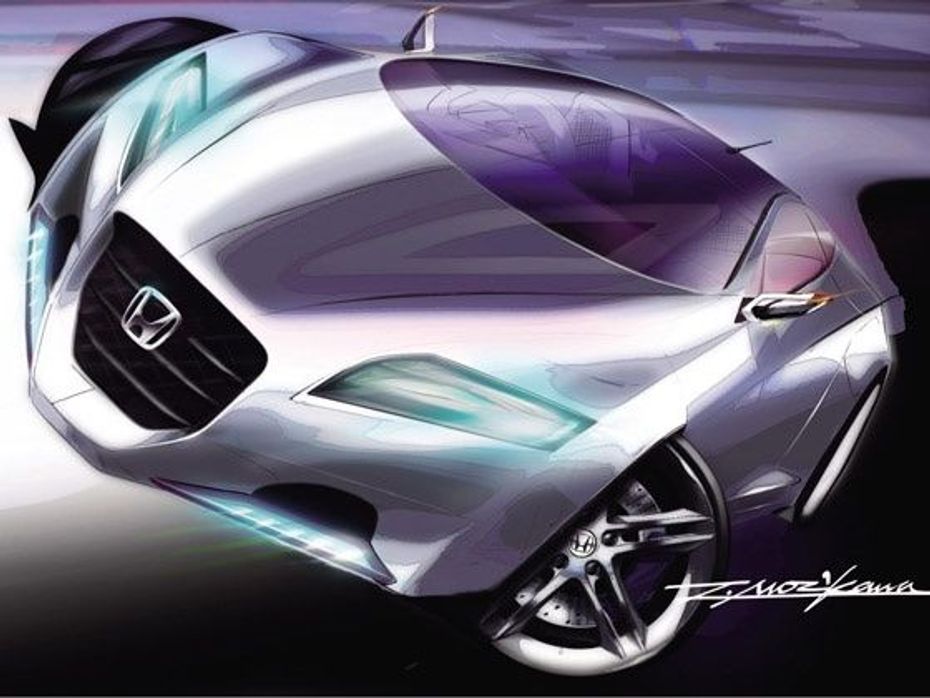
I have set "The Three Joys" as a motto for our company. The Three Joys means the joy of producing, the joy of selling, and the joy of buying.
- Shoichiro Honda, 1951
The façade of the white building in front of us was simple – low and sprawled wide, but it wasn't just another industrial structure we were staring at. From the outside there’s absolutely no clue about the brilliance that takes place on the inside – except for the red Honda sign on the left and the 'Honda R&D Co. Ltd.' moniker on the right. For the uninitiated this may still seem like just another premises from a big car company, but only the knowledgeable will know that these are the rooms where some of the most iconic vehicles from Honda took birth. This is Honda’s R&D headquarters in Wako, Japan.
A page out of history

Shoichiro Honda was a brilliant man – a man whose genius lives on in the walls of each and every Honda establishment the World over and whose philosophy is instilled in every product bearing the Honda badge. It all started on 24th September 1948 when the Honda Motor Co. Ltd. was founded with an investment of 1 million JPY and an employee-strength of just 34 people. Shoichiro may have started off small with the manufacture of sub-engines for bicycles, but his plans were big and more importantly, extremely bold. Just 6 years into its inception, Honda had already declared its entry for the Isle of Man TT in 1954.
Being an engineer himself, it was crystal clear that if Shoichiro wanted his company to bloom into something much bigger his engineers would have to get all the freedom they needed to not only enjoy doing what hey did, but also to have no fear of failure. In 1960, Honda’s research and development department separated from the main company to establish an individual entity in itself and set up its headquarters as the Honda R&D Co. Ltd. in Wako - the little white building that houses years of design innovation and engineering supremacy in its midst.
Honda's design DNA
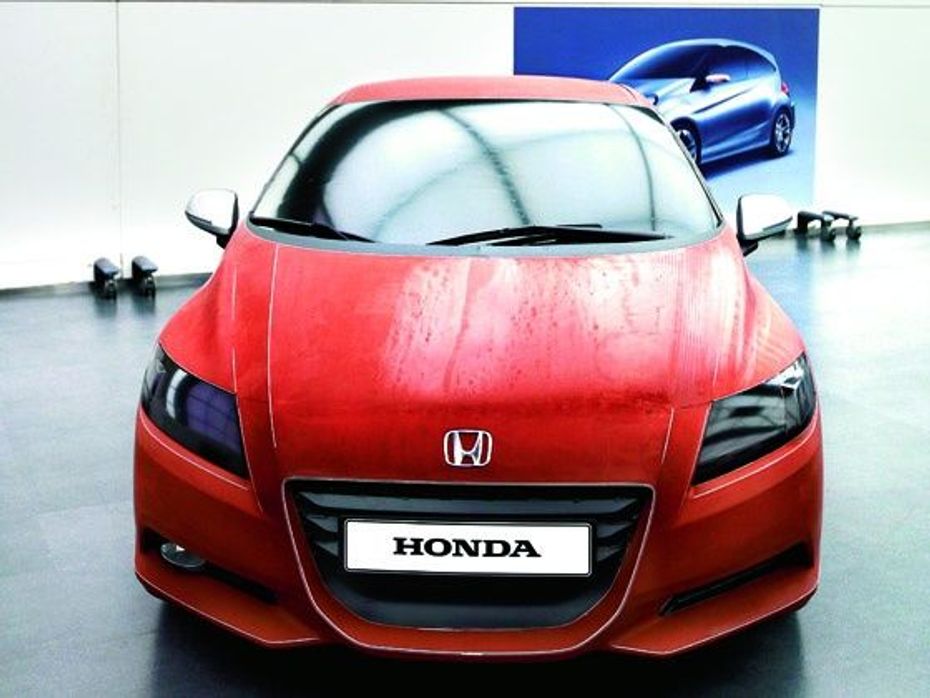
It is the design which lifts up the imperfect to something attractive or beautiful. In addition, true design means a design which perfectly satisfies the need for practicality.
-Shoichiro Honda, 1977
One look at the Honda NSX, Integra, Civic, Jazz and the CR-Z confirms that Shoichiro Honda’s philosophy still stands strong in the midst of a modern and constantly changing Honda Motor Company. And it's equally amazing that all those years of evocative design can be summed up in two simple words -Dynamism and Functionality. That has been the core motivation behind Honda's products right from the very beginning. Honda made its four-wheeled debut with the S500 and the T360 – two very different products on the outset. While the S500 epitomized the dynamism aspect of the company’s design philosophy, the T360 mini-truck was the one that showed off superior bouts of functionality with its small dimensions.
The best part about the dual design approach that Honda employs is the fact that with changing times it allows the designers and engineers to evolve with complete freedom and still keep the essence that Shoichiro embodied into the company all those years back and which subsequent Presidents over the years have in full faith stuck to. The 90s saw their portfolio bolster up with two of Honda’s most loved vehicles – the NSX sportscar and the Odyssey MPV.
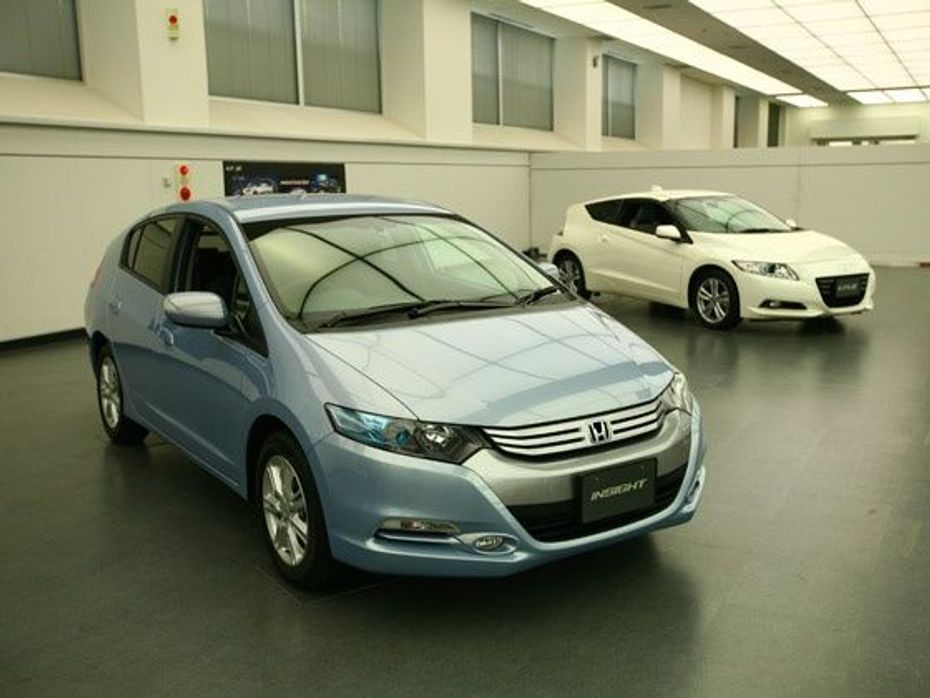
While the NSX is still regarded as one of the best-designed cars of all time not only for its extremely breathtaking lines and purpose-built body, but also for its extreme engineering, the Odyssey exemplified the practicality of a vehicle that could ferry the whole family around and then some. The same lineage has continued into the new millennium with a re-hash of Honda’s classic small sportscar - the CR-X in what we now know as the CR-Z - a compact sports hatch that is powered by a hybrid drivetrain. While the CR-Z’s design is modern and fresh yet immediately strikes back to the car that inspired it, it speaks Honda’s design language loud and clear.
The Jazz hatchback is Honda's functional offering - though it doesn’t take away even one bit from the car being an extremely good-looking one. The way Honda’s engineers have moulded space and flexibility into a sleek body is simply amazing and the result of a systematic procedure that drives every project within the R&D Centre at Wako.
The Design process - step by step
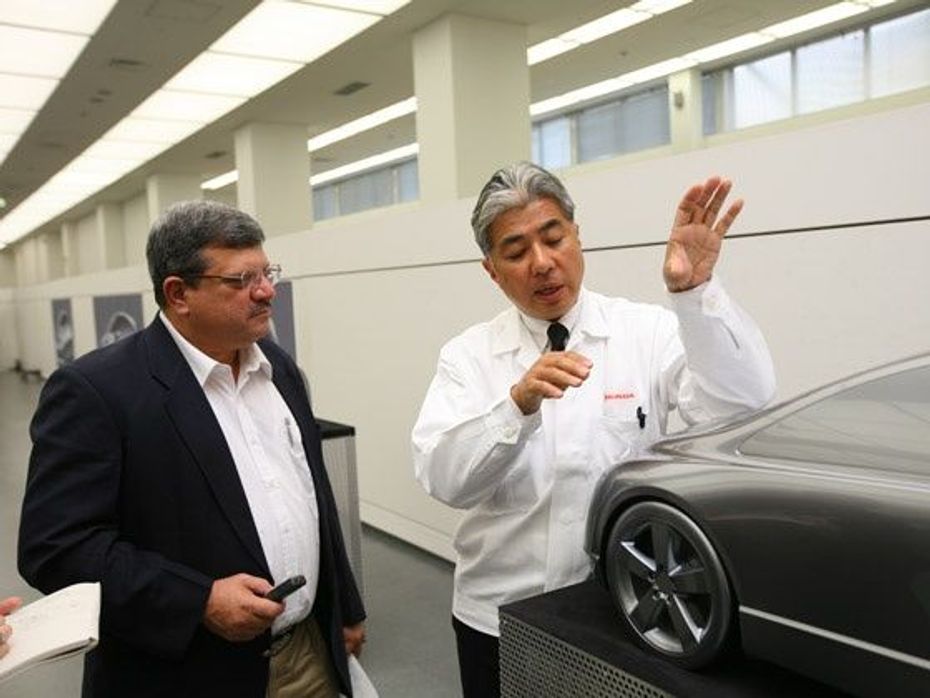
Design has to be a symphony for our eyes. Individual positions must be designed one by one while maintaining a good overall balance. Having said that, if we worry too much about overall balance, there is a risk of making it a please-everyone design with no unique characteristics.
-Shoichiro Honda, 1977
Often it is believed that the lifecycle of any car starts from the moment the first few lines for the initial sketches are laid out – truth is, it starts way before pen touches paper. Tracing back Honda's design process, activity kicks off with research - a deeper look into what kind of products people want to buy. This then moves on to the design development phase which involves the designers to work on the results of the research, plan the concept and proceed to both 2D and then 3D sketches. This is then followed by scaled down and subsequently full-scale clay models that are inspected and crowded around to come up with any kind of changes required as well as used to collect all the 3D data needed to aid in the manufacturing process.
The focus then shifts on to development of the concept - making prototypes, tests and evaluations and eventually tooling for manufacture. The design development and prototype development phases go back and forth, slowly refining a design to optimally acceptable levels from the designer's viewpoint, the engineer's table and the production and marketing department's cash registers. As technology has improved over the past decade, Honda’s final production versions have moved ever more closer to their concept forms - case in point being the CR-Z. You’ll need to really look hard at the CR-Z concept and the final production car to find any differences, and chances are you really won’t be able to notice anything!
The law of Maximum and Minimum

Man Maximum, Machine Minimum may seem like a very obvious base to build up on when considering ergonomics in an automobile, but actually applying the principle in production isn't that easy. Over the years as times have moved on and powertrains have become smaller in size, it has increasingly liberated space for occupants. It's easy to get carried away and end up with a design that may be extremely practical but scores poorly in the visual arena. But one look at the current Civic and Honda’s optimization of the Man Maximum, Machine Minimum philosophy comes to the fore in flying colours. To really understand how Honda has applied this line of thought we need to look at two distinct areas of the design process.
As far as the exteriors go, Honda has new direction for their sedans – a phenomenon that started with the Civic. Simplified, the new sedan shape at Honda is comprised of two masses - one that makes up the lower half of the vehicle from under the waistline and the other that predominantly forms the glasshouse. When these two are merged together it forms a sleek, aerodynamic and futuristic silhouette in perfect harmony with the laws of ergonomics. This has now further extended onto Honda's products for the future - the FCX Clarity for example. The new sedan shape from Honda not only makes it suave, but also allows for the cabin to be extended as far to the front as possible - thus maximising space for the people on the inside. With a significant distinction of space between instruments that simply deliver information and others that need to be operated, it provides for a minimal shift of the line of sight while driving.
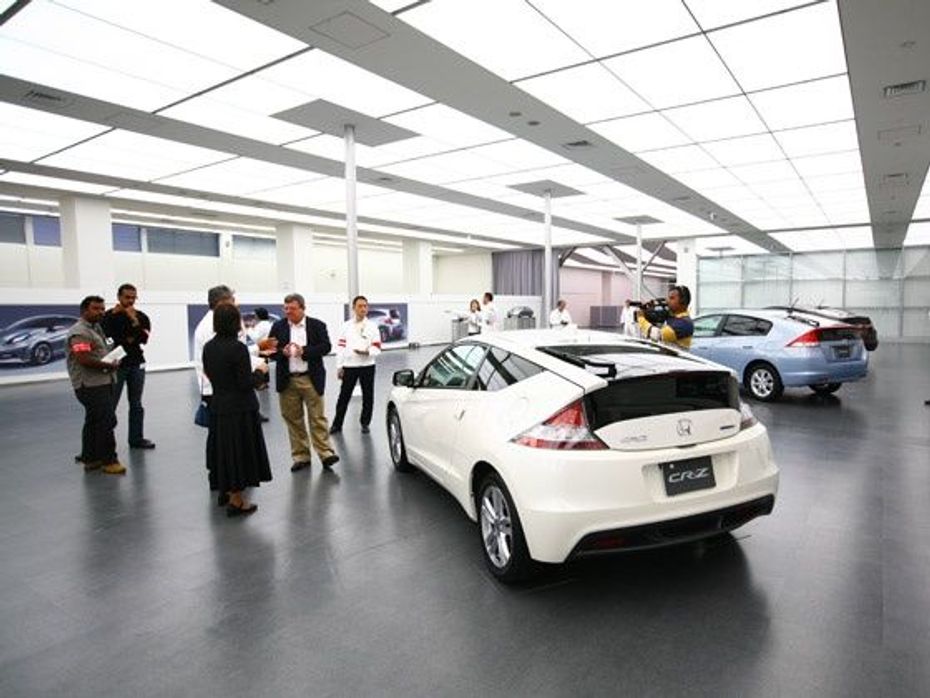
This exercise of minimising the space utilised by the mechanical bits of the car to liberate the maximum space for its occupants has itself evolved over the years with changing times to not only include more emotion while increasing efficiency, but also create a very distinct design language that instantly makes you recognise a Honda car when you see one.
It’s not only Honda's sedans that will benefit from years of refining the design process. The New Small Concept that debuted in Thailand recently is a culmination of this philosophy as well and if you look at its concept form that has been shown across the globe over the past year - references to Honda’s design language are more than apparent in every curve of its body. What the boffins at Honda Motor Co. have achieved as a result are concepts which lead to production models that perfectly marry the realms of Technology, Style and People. Unshifting focus, solid resolve and a will to succeed coupled with brilliant minds, freedom of experimentation and no fear of failure when venturing into the unknown and radical has enabled Honda to bring to every customer the very thing that Shoichiro Honda had set out to achieve all those years back - The Joy of Mobility.

Honda Elevate SUV Becomes More Accessible To Indian Armed Forces With...

Had Your Eyes On The Honda Elevate? Now Might Be The Time To Consider...

This Many Honda Elevates Are Now On Indian Roads Since Its Launch

Honda Elevate vs MG Hector: Naturally Aspirated Or Turbo-petrol For...

Honda Elevate, City And Amaze Gets Additional Safety Features, Prices...

Honda Amaze Waiting Period Detailed: Wait Up To A Month To Bring It...

Honda Amaze Re-tested By Global NCAP Under Stricter Protocols, Fares...

Maruti Suzuki Rock N Road: Redefining the SUV Experience

Bosch Car Service: Your Trusted One-stop Destination for Car...

3 New Major Design Details Mahindra XUV 3XO Will Pack Over...
India's largest automotive community